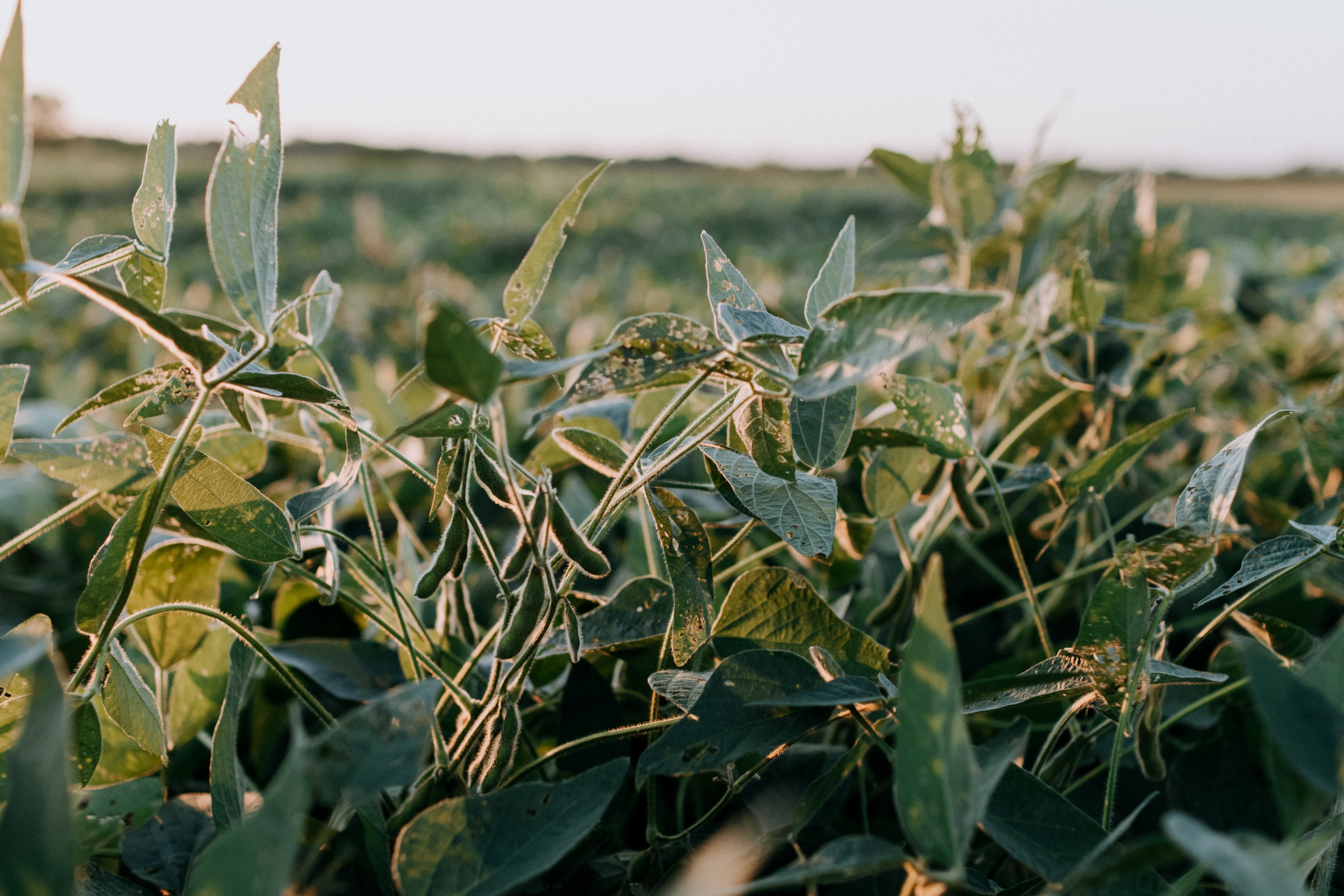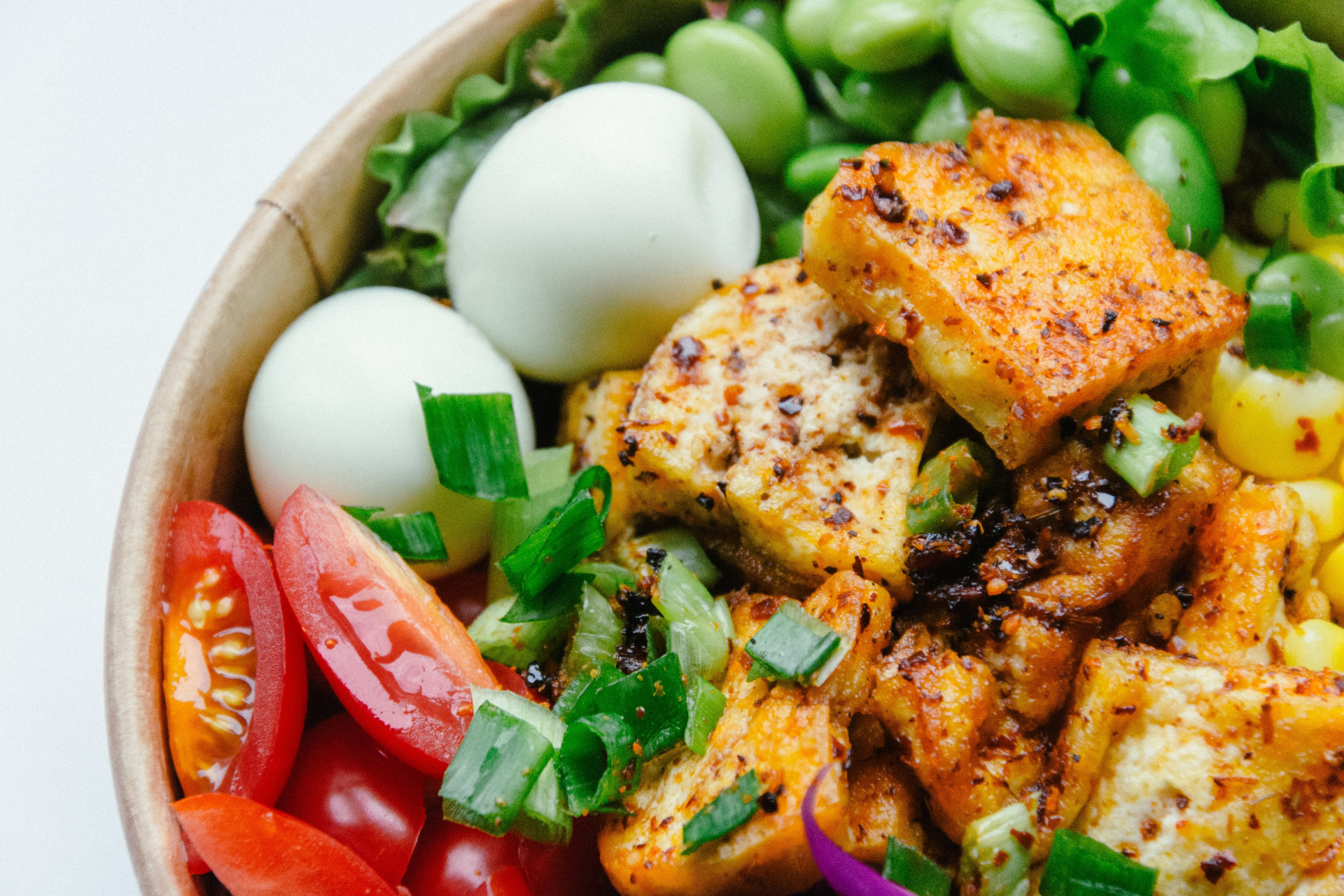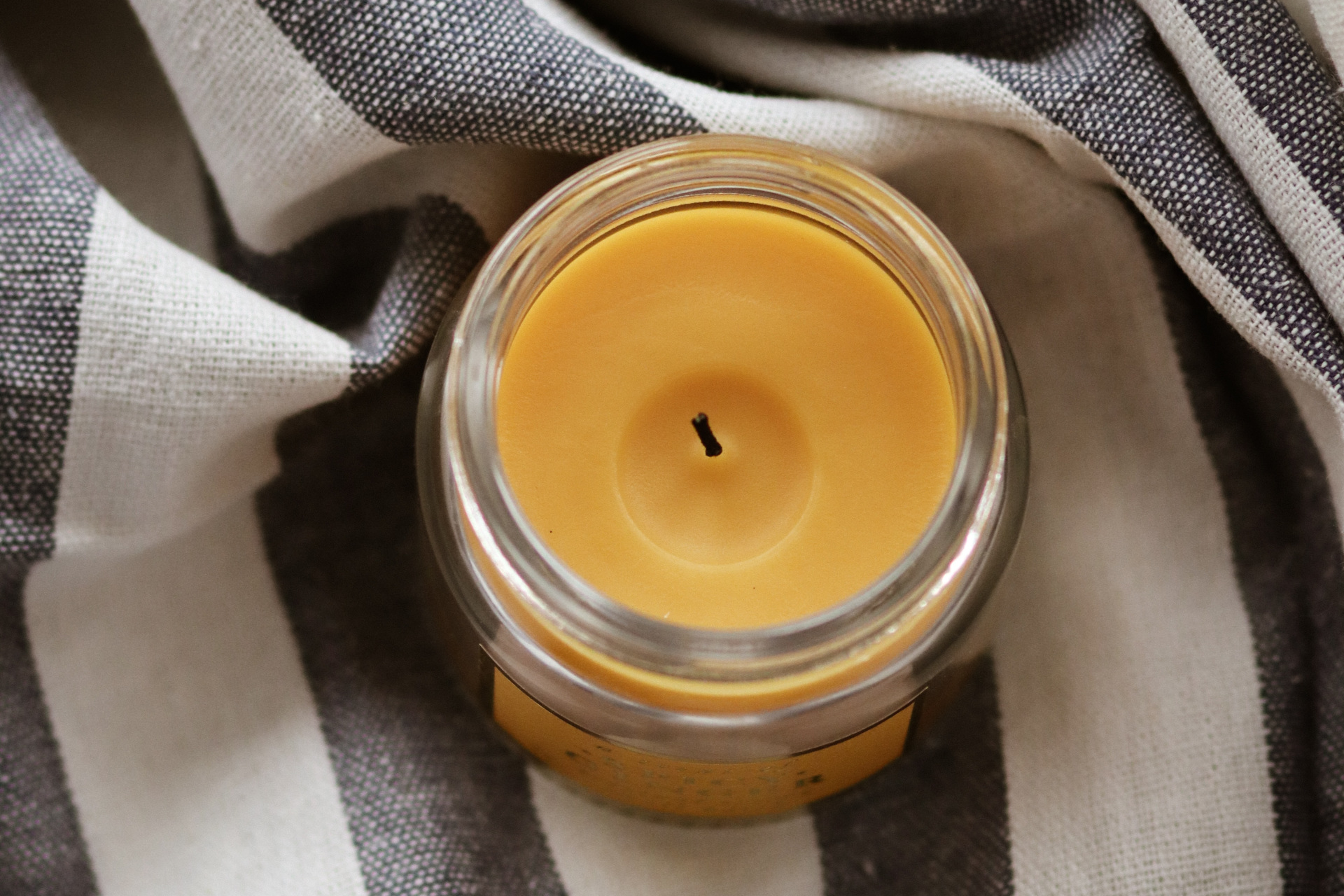Sustainable Materials Series: What is Soy?
By
3 years ago
Let's take a deep dive into the 'king of beans'

In this series, we take a deep dive into what makes certain materials ‘sustainable’ – from origins and extraction methods to the pros and cons of using them at home. This week, we tackle soy.
What Is Greenwashing and How Can I Avoid It?
Sustainable Materials Series: Soy
What is soy?
Fondly dubbed the ‘king of beans’, soy is a species of legume native to East Asia. A valuable source of protein, soybeans are often used in vegan diets as an alternative to meat and dairy products – in particular items like tofu, milk, sauces and fermented products.

(c) Anh Nguyen, Unsplash
Where can you find soy?
You’ll find soy in your nearest supermarket, spread across multiple aisles and food items. Many of us already opt for soy milk over dairy, but it’s probably lesser known that soy comes in baked goods, soups, cereals, frozen dinners and ice cream. Anyone who has perused a vegan menu on a night out or tried out a plant-based kitchen will also notice a good amount of soya on offer.
Traces of soy are also relatively common in beauty products, with brands like Aveeno championing the ingredient for its skincare benefits.
Soy – or more specifically its wax – can also be found in candles. It’s considered a cleaner material when it comes to burning, and many brands have taken up the trend when it comes to creating sustainably-sourced mood-makers. You can find out more here.

(c) Taisiia Shestopal, Unsplash
What are the benefits?
- Soy is a natural, renewable and biodegradable resource.
- It’s also a natural source of high-quality protein and is rich in plant fats, fibre, and several important vitamins, minerals, and beneficial plant compounds (which all have great health benefits).
- It’s suggested that eating soy products can also help to lower cholesterol, protect heart health, improve fertility and bone health, and lower blood pressure and sugar.
- As a meat alternative, soy is also considered better for the environment. On average, a vegan diet is responsible for about half the greenhouse gas emissions of an omnivorous one.
- According to skincare brand Aveeno, soy contains antioxidant compounds, lipids, and carbohydrates, which can boost radiance and brighten skin.
- As a wax, soy burns slowly and cleanly.
What are the drawbacks?
- Soy has recently fallen into mass-production status, with many instances of over-farming with pesticides and fertilisers resulting in deforestation. This is especially apparent in Brazil (which is one of the world’s leading suppliers of soy), where the Amazon rainforest continues to be at risk.
- According to WWF, ‘without proper safeguards, the soybean industry is causing widespread deforestation and displacement of small farmers and indigenous peoples around the globe’.
What can we do?
The best thing we can do when it comes to using soy is avoid overconsumption and check where it’s being sourced from when we go to buy it. Awareness is always a great start when it comes to enacting change.
That’s not to say you should stop consuming soy, though. A vegan diet won’t make you responsible for acts of deforestation, and steps have already been taken to minimise the effects of soy farming in the likes of South America. A ‘soya moratorium’ has been active in Brazil since 2006, and was renewed indefinitely in 2016. The moratorium is an agreement between the companies who buy nearly all of the soya in Brazil, which promises they will not buy any soya that had been grown on recently deforested land and blacklists farmers known to be using slave labour.
But more can still be done on our end. Charities like WWF are working to change methods of farming to better consider local and wider environments. In 2005, the charity helped establish the Roundtable on Responsible Soy (RTRS), a forum for those involved with and affected by soy cultivation. The RTRS is a platform to develop solutions for responsible soy production, including the development of criteria for responsible production and sourcing of soy. Donations to charities such as WWF can help fund research, conservation and better changes for the environment.
On its website, WWF highlights: ‘In 2009, the RTRS adopted preliminary voluntary production standards that require producers to take measures to protect the environment. These standards include prohibiting the conversion of areas with high conservation value and eliminating hazardous pesticides in soy farming. Unilever, Waitrose, ARLA Foods and Lantmannen have already made commitments to sourcing certified RTRS soy.’
Featured image: Kelly Sikkema, Unsplash
Magic Mushrooms: 5 Reasons Why Fungi Are The Future of Sustainability



